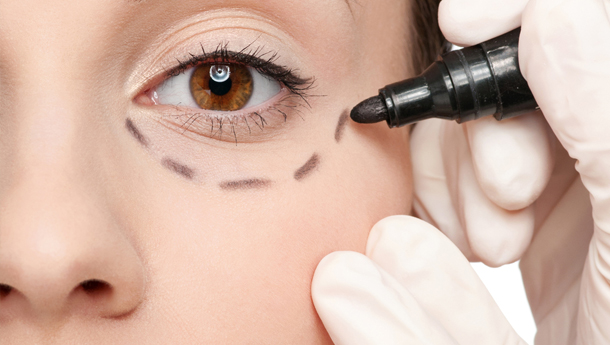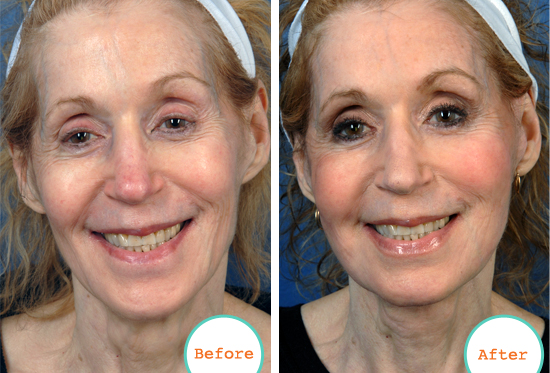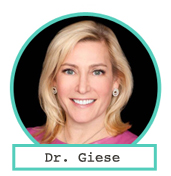A Facelift Without Surgery?! All About Ultherapy, A New, Non-Invasive Procedure.
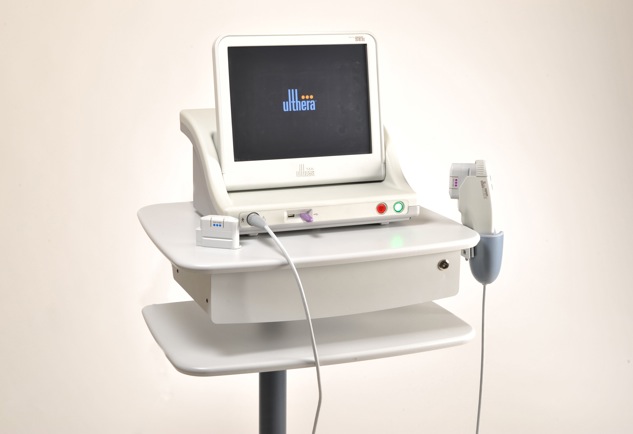
![]()
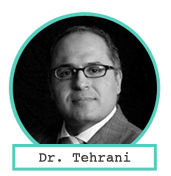
Tell us about Ultherapy.
Ultherapy utilizes direct ultrasound technology, which first looks at the skin and the layer below it and then delivers small points of heat to the underlying support structures (shrinking the SMAS* muscle), which lifts, tightens and tones the skin. Visible improvement of the jowls, neck and central face are immediate and improvement continues for two to three months with just a single treatment! Full results can take up to six months.
Ultherapy is becoming a cornerstone in the non-surgical aspect of my practice for facial rejuvenation and is an adjunct to facial fillers. Ultherapy subtly builds collagen through the body’s own gentle healing response, which further improves overall skin health while tightening the skin.
I will often will recommend Ultherapy before fillers, since it may reduce the amount of filler a patient needs, as well as prevent the over-injected, over-filled pillow face.
*SMAS means superficial musculo-aponeurotic system, made up of multiple fibrous extensions that attach through the fat to the epidermal and dermal layers of the skin. These connections cause the three layers of facial skin to act as one and move together. As the skin on our faces ages, there’s a gradual loss of elasticity in the epidermal and SMAS membranes, which contributes as much to the aging face as does the loss of elasticity in the superficial dermal layer.
So Ultherapy is non-invasive, right?
Yes, Ultherapy is non surgical and non invasive. The FDA approved Ulthera’s patented DeepSEE technology in 2009, which allows us to both see and treat deep below the skin, without surgery. Ultherapy doesn’t use laser or injections, but directly delivers focused ultrasound to deep structures under the skin’s surface. The results of Ultherapy are superior to radiofrequency, which is the science behind Thermage.
Where on the body, besides the face, can Ultherapy be used?
Ultherapy can be used on the neck, underarms, to treat laxity of the knees and elbows. As the technology evolves, who knows where we will go on the body next!
Is everyone a candidate for Ultherapy?
Patient selection is very important and setting patient expectations is key. If a patient has severe facial laxity, surgery will provide the most dramatic results. The Ultherapy procedure appeals to men and woman in any decade of life. As patients begin to experience the gradual descent of tissue of the cheek and hint of jowls, Ulthera is the obvious choice. Ultherapy is the most effective technology we now have for patients who prefer non-surgical tightening of the skin.
How long does it take to perform the procedure?
One to two hours.
How do the results compare with those of a surgical facelift?
They differ from patient to patient, but results can range from 30 to 50 percent, with high patient satisfaction. Combining Ultherapy with other procedures further improves the results.
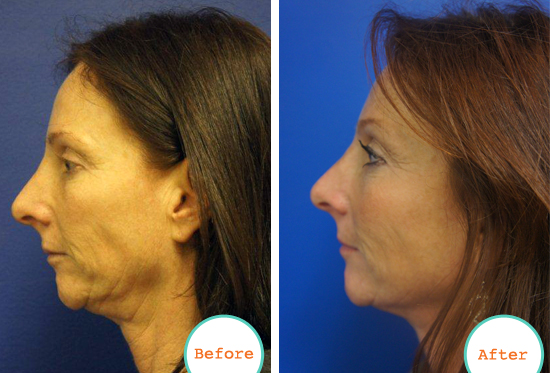
An Ultherapy procedure performed by Dr. Tehrani.
![]()
How long do results last?
The effects of Ultherapy are permanent, but since aging continues, patients may decide to have a second treatment in 2 to 3 years.
This sounds almost too-good-to-be-true. Is it?
Yes, it’s true. Ultherapy results do vary, but I haven’t had an unhappy patient. Patient selection is key, as are the number of lines (or small points of heat, which are delivered).
How much does Ultherapy cost?
About $3,500 for the brow, full face and neck areas.
Can patients get a light sedation, like we get prior to having a colonoscopy?
Patients are typically pre-treated with a combination of Vicodin and Valium. We sometimes give IV sedation, supervised by an anesthesiologist, although this is rare. Patients seem to respond well to the cocktail of pain medication and relaxant by mouth. We also provide comfort measures through biofeedback.
![]()
.

Dr. Kevin Tehrani
30 Central Park South 13A
New York, New York 10019
Tel: (212) 439-9900
www.aristocratps.com
Click here to view Dr. Tehrani’s patient before and after.
![]()


